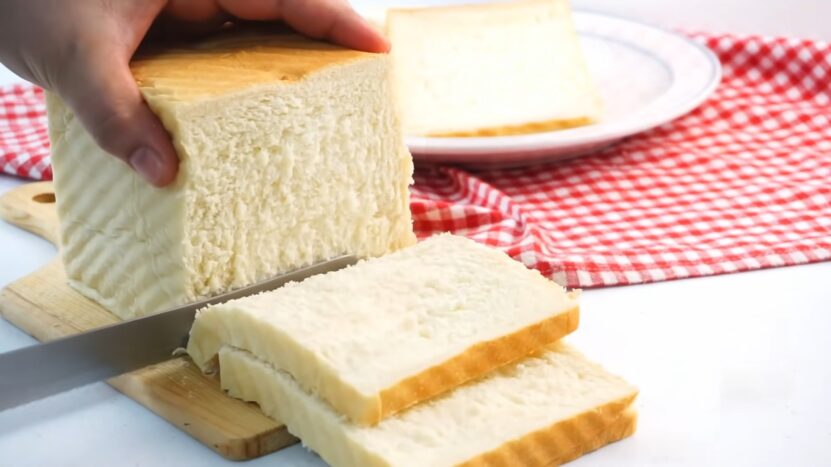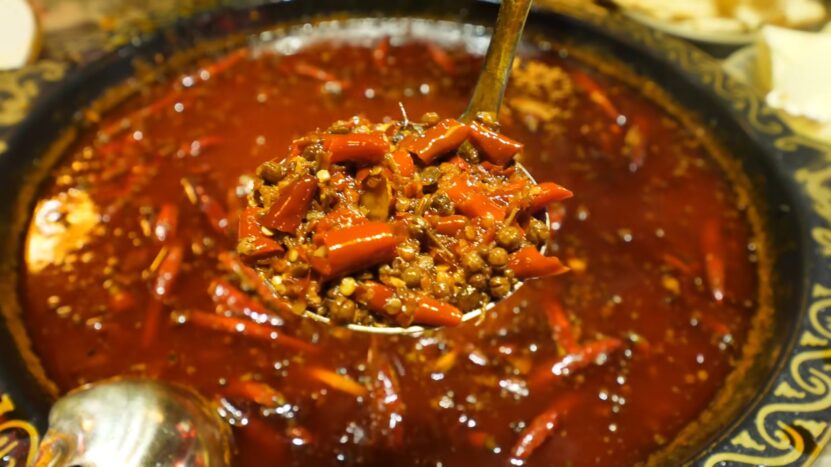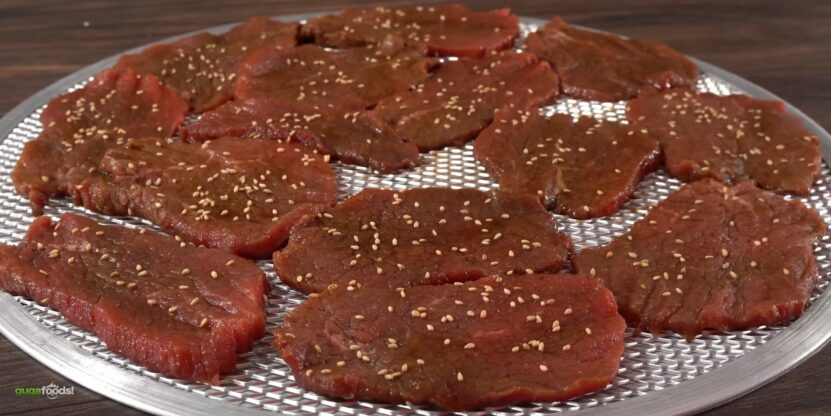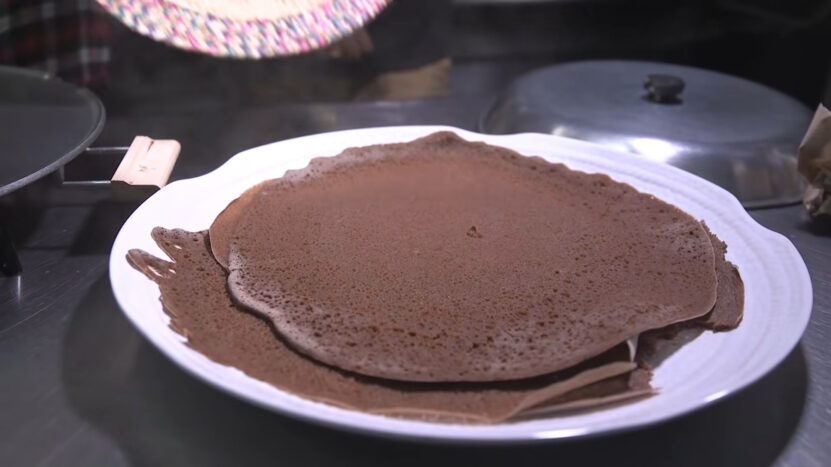Coffee pairing is the art of matching coffee with various foods to enhance your dining experience. For instance, coffee pairs well with savory American-style breakfasts like eggs, bacon, and toast, showcasing its versatility beyond sweets.
This practice is more art than science, with coffee offering a wide range of flavors and tasting notes. Similar to other artisanal drinks like beer, wine, and tea, coffee has its own pairing possibilities.
For example, a light German lager complements chicken, while Prosecco pairs nicely with fish, and Darjeeling tea harmonizes beautifully with dark chocolate. Coffee, as an artisanal drink, fits naturally into the world of culinary exploration.
Ultimately, coffee pairing is a matter of personal preference, making it a unique aspect of the coffee enthusiast community. So, while there are guidelines for coffee and food pairings, feel free to experiment and discover your own preferences.
Here’s a simple coffee pairing guide to get you started.
Fruit

Most berries (blueberries, strawberries, raspberries, etc.), pair well with coffees from Kenya, Ethiopia, Uganda, Jamaica, or Yemen.
Peaches, plums, raisins, apricots, cherries, nectarines, and citrus fruits pair well with coffee from Tanzania, Uganda, Rwanda, Honduras, Bolivia, Costa Rica, or Nicaragua.
Chocolate
Chocolate goes great with coffees from Brazil, Columbia, El Salvador, Guatemala, Kona, or Mexico. Brazilian coffee goes exceptionally well with dark chocolate.
Bread

Wheat, whole wheat, and whole grain bread go well with coffee from Guatemala, Brazil, Costa Rica, Peru, or Columbia
Dairy
Cheese, butter, and cream can be paired with coffee from Sumatra, Java, India, Kona, or Papua New Guinea.
Spicy Foods

Iced coffees from Nicaragua, Costa Rica, or Honduras are good with spicy foods. There is even a trend of putting spicy sauce in coffee.
Poultry
Focus on coffees with fruit notes such as coffee from Ethiopia, Kenya, Tanzania, Uganda, Nicaragua, Costa Rica, Jamaica, Honduras, or Bolivia.
Meat

Beef, pork, and lamb pair well with coffee from Sumatra, Papua New Guinea, India, or the Dominican Republic. Dark roast coffees are best with meats.
(Note: All coffees pair well with doughnuts, sweet pastries, cookies, and puff pastries)
Variables
There are more variables that can affect coffee pairings, such as acidity, brew methods, extraction time, and coffee growing region. All of the above may alter the coffee flavors but don’t worry about these technicalities.
My advice would be to focus on the dominant flavor of the coffee at first (i.e. Berries are the dominant flavor of Ethiopian coffee). Then experiment with different roast types and other variables that affect the coffee flavor.
This will help you narrow down certain notes that are attributed to certain variables. Finally, you’ll be able to pair your coffee with specific foods. Remember, it’s your preference. Enjoy your coffee pairing exploration!
The Science Behind Coffee Pairing
While coffee pairing is largely an art, there’s a bit of science behind it too. The flavors in coffee arise from the complex interplay of compounds developed during the growth of the coffee cherries and the roasting process. These compounds can be complementary or contrasting to the flavors in foods, leading to a harmonious pairing.
The Role of Acidity in Coffee Pairing
Acidity is a key component in coffee that can greatly influence pairing. Coffee with high acidity will have a bright, tangy, sparkly, or crisp quality.
Such coffees can cut through the richness of creamy dishes or complement the acidity of certain fruits. On the other hand, coffee with low acidity will feel smoother and may pair better with sweeter or spicier dishes.
The Influence of Roast Level
The roast level of the coffee bean can significantly impact its flavor profile. Light roasts tend to preserve more of the bean’s natural flavors, often resulting in a more acidic and complex profile.
These might pair well with lighter foods or those with a more delicate flavor. Dark roasts, on the other hand, have a stronger, bolder flavor, often with notes of chocolate or caramel.
These can stand up to richer, more robust foods.
Texture Matters
The mouthfeel or texture of both the coffee and the food can influence how well they pair together. A full-bodied coffee might complement a rich chocolate cake, while a lighter, more delicate coffee might be overshadowed.
Similarly, a cappuccino or creamy latte might pair wonderfully with a crunchy biscotti, offering a delightful contrast in textures.
Exploring Regional Pairings

Just as wines from specific regions are often paired with foods from the same area, you can explore pairing coffee with local dishes from its region of origin. For instance, Ethiopian coffee, known for its wine-like qualities and fruity notes, might pair wonderfully with traditional Ethiopian dishes like injera (a sourdough flatbread) and doro wat (a spicy chicken stew).
Experimentation is Key
The world of coffee is vast and varied, and the possibilities for pairing are nearly endless. Don’t be afraid to trust your palate and try unconventional pairings. Perhaps you’ll discover that a smoky, dark roast coffee is the perfect complement to a grilled steak, or that a floral, light roast coffee elevates the flavors of a fresh salad.
Final Words
Coffee pairing is a journey of discovery, where each cup offers a new opportunity to explore flavors, textures, and combinations. By understanding the basics and then venturing out on your own, you’ll not only enhance your dining experiences but also develop a deeper appreciation for the intricate world of coffee.
So, brew a cup, grab a bite, and embark on your own coffee-pairing adventure!
